Pricing Guides & Dictionary of Makers Marks for Antiques & Collectibles

COLLECTIBLE or ANTIQUE AFRICAN ART:
Tips for Researching and Evaluating Pieces
Join the most updated and complete collectibles research online - Learn more...
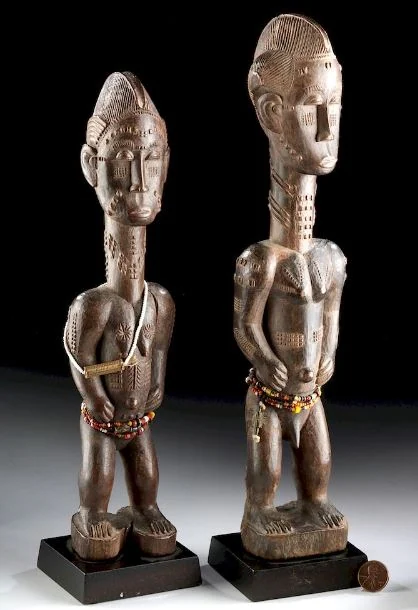
Collectible or antique African art is a fascinating and diverse category of art that has been appreciated by collectors for centuries. The continent of Africa has a rich cultural heritage and its art reflects the diverse history, beliefs, and traditions of its people. Collecting African art can be an incredibly rewarding experience, but it requires careful research and attention to detail to ensure that you are getting an authentic and valuable piece. In this article, we will explore the world of collectible or antique African art and provide tips for researching and evaluating pieces.
The History of African Art
African art has a long and complex history that dates back thousands of years. Many of the earliest examples of African art were created by the ancient Egyptians, who produced stunning sculptures and paintings that reflected their unique worldview and religious beliefs. Over time, African art evolved and diversified, with different regions and cultures developing their own distinctive styles and techniques.
Some of the most famous examples of African art are the masks and sculptures created by the peoples of West and Central Africa. These pieces were often used in religious and ceremonial contexts and were believed to have spiritual powers. Other types of African art include textiles, pottery, beadwork, and jewelry.
The Value of African Art
African art has long been prized by collectors for its beauty, cultural significance, and historical value. Many African artworks have been acquired by museums and private collectors around the world, and some have sold for millions of dollars at auction.
However, the value of African art can be difficult to determine, as there are many factors that can influence its worth. Some of the most important factors include the age of the piece, the materials used, the quality of the craftsmanship, and the rarity of the piece.
Researching Collectible African Art
If you are interested in collecting African art, it is important to do your research before making any purchases. This will help you to identify authentic pieces and avoid buying fakes or reproductions. Here are some tips for researching African art:
- Learn about the different styles and techniques of African art - One of the first steps in researching African art is to familiarize yourself with the different styles and techniques used by different cultures and regions. This will help you to identify the origins and cultural significance of different pieces.
- Study the materials used in African art - Many African artworks are made from natural materials such as wood, ivory, or clay. By studying the materials used in different pieces, you can learn about the resources available in different regions and the techniques used by different artists.
- Consult reference books and online resources - There are many books and online resources available that can provide valuable information about African art. Some good resources to start with include the Metropolitan Museum of Art’s online collection of African art, the African Art Museum of Maryland, and the Smithsonian National Museum of African Art.
- Attend auctions and exhibitions - Attending auctions and exhibitions of African art can be a great way to learn about different pieces and to see them up close. This can help you to develop an eye for quality and to identify pieces that are valuable and authentic.
Evaluating Collectible African Art
Once you have done your research and identified a piece of African art that you are interested in, it is important to evaluate it carefully before making a purchase. Here are some tips for evaluating African art:
- Examine the craftsmanship - One of the most important factors in evaluating African art is the quality of the craftsmanship. Look for pieces that are well-made and show attention to detail. Avoid pieces that are poorly crafted or show signs of damage or wear.
- Check for authenticity - It is important to ensure that the piece you are interested in is authentic and not a fake or reproduction. Look for signs of age and wear, and check for any identifying marks or signatures that can help to verify the piece’s authenticity.
- Consider the piece’s provenance - The provenance of a piece of African art refers to its history of ownership and can have a significant impact on its value. Look for pieces that have a clear and documented history of ownership, and avoid pieces with questionable or unknown provenance.
- Look for rarity and uniqueness - Rare and unique pieces of African art are often more valuable than those that are more common. Look for pieces that are unusual or one-of-a-kind, and avoid pieces that are mass-produced or widely available.
- Consider the condition of the piece - The condition of a piece of African art can also have an impact on its value. Look for pieces that are in good condition and have not been significantly damaged or restored. Avoid pieces that show signs of extensive wear, damage, or restoration.
Conclusion
Collecting antique or collectible African art can be a rewarding and fascinating experience, but it requires careful research and evaluation to ensure that you are getting an authentic and valuable piece. By familiarizing yourself with the different styles and techniques of African art, studying the materials used in different pieces, consulting reference books and online resources, attending auctions and exhibitions, and carefully evaluating potential purchases, you can become a knowledgeable and successful collector of African art.
Unlock the true value of your collection with our comprehensive research guides from identifying makers' marks to appraising all kinds of antiques and collectibles, including items featured in this article.
Our up-to-date information will give you an accurate understanding of your items' worth. Don't miss out on this valuable resource - visit our research tools today!
In addition to some examples shown below on this page, you can also search our price guide for your own treasures.
Examples of related items from our Price Guides
-
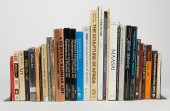 LRG GRP: BOOKS ON AFRICA AND AFRICAN ART
[more like this]
LRG GRP: BOOKS ON AFRICA AND AFRICAN ART
[more like this]
-
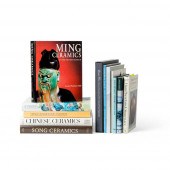 COLLECTION OF ART REFERENCE BOOKS
ON ASI
[more like this]
COLLECTION OF ART REFERENCE BOOKS
ON ASI
[more like this]
-
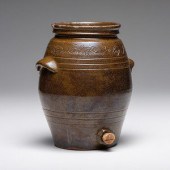 A Rare North or South Carolina “Colored
[more like this]
A Rare North or South Carolina “Colored
[more like this]
-
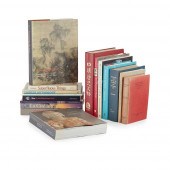 [A PRIVATE SCOTTISH COLLECTION, EDINBURG
[more like this]
[A PRIVATE SCOTTISH COLLECTION, EDINBURG
[more like this]
-
 COLLECTION OF ART REFERENCE BOOKS
ON ASI
[more like this]
COLLECTION OF ART REFERENCE BOOKS
ON ASI
[more like this]
-
 GROUP OF BOOKS ON AFRICAN AMERICAN HISTO
[more like this]
GROUP OF BOOKS ON AFRICAN AMERICAN HISTO
[more like this]
-
 SAMELLA LEWIS, THE ART OF ELIZABETH CATL
[more like this]
SAMELLA LEWIS, THE ART OF ELIZABETH CATL
[more like this]
-
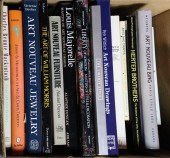 LARGE GROUP OF ART NOUVEAU, JUGENDSTIL,
[more like this]
LARGE GROUP OF ART NOUVEAU, JUGENDSTIL,
[more like this]
-
 GROUP OF BOOKS ON AFRICAN AMERICAN HISTO
[more like this]
GROUP OF BOOKS ON AFRICAN AMERICAN HISTO
[more like this]
-
 GROUP OF GENERAL AFRICAN AMERICAN MILITA
[more like this]
GROUP OF GENERAL AFRICAN AMERICAN MILITA
[more like this]
-
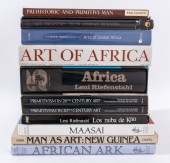 AFRICAN ART & CULTURE REFERENCE BOOK, 12
[more like this]
AFRICAN ART & CULTURE REFERENCE BOOK, 12
[more like this]
-
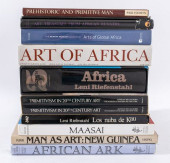 AFRICAN ART & CULTURE REFERENCE BOOK
[more like this]
AFRICAN ART & CULTURE REFERENCE BOOK
[more like this]
There are many more auction results available to our members...





